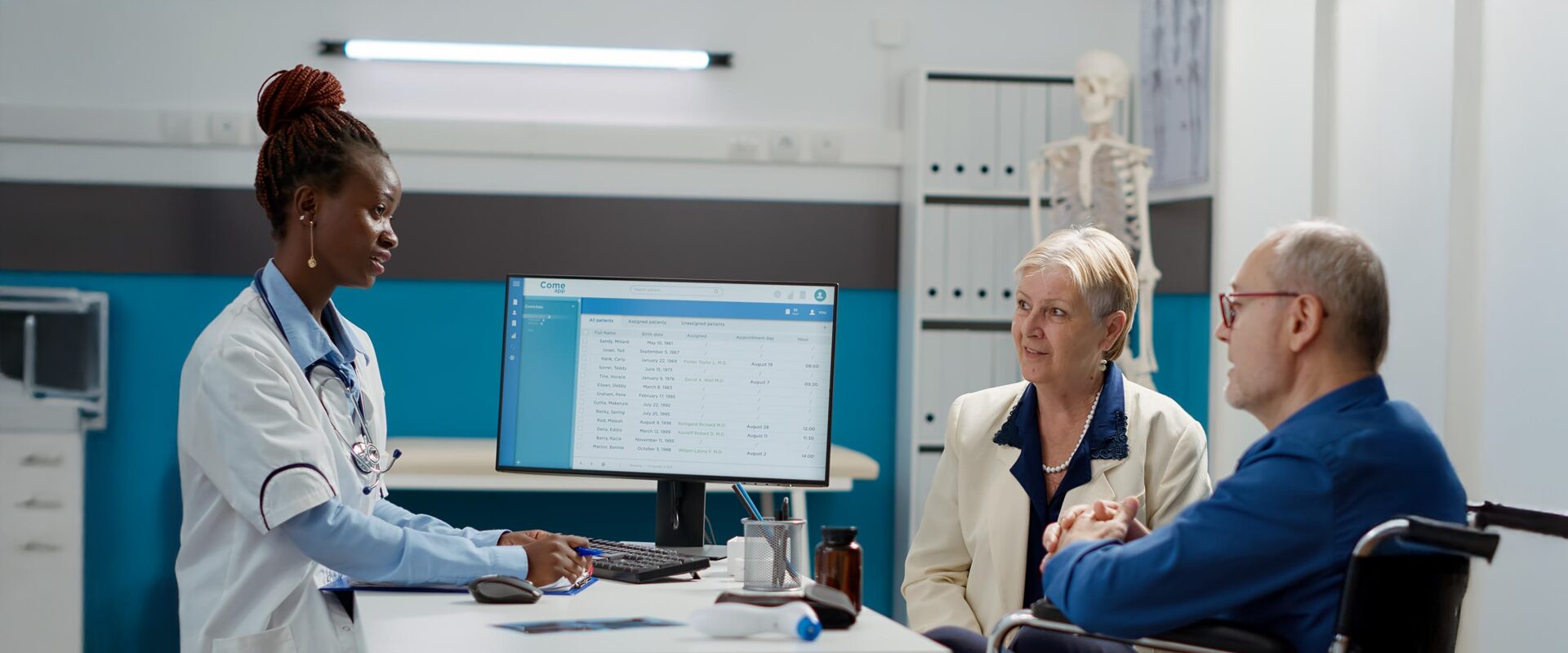Last Updated on November 18, 2024
Introduction
Clinical trials form the background of advancing medical research and discovering life-saving treatments. However, conducting clinical trials requires an abundant management of large-volume data, ensuring accuracy, and maintaining regulatory compliance.
Previously, paper-based work which required manual handling and data entry was implemented. It was prone to errors, time consumption, and cost.
Therefore, there was a pressing need to transition to electronic data handling. Let’s explore how it works and how eSource improves clinical trials.
First Things First: What is eSource?
According to a study, eSource provides 0% data quality issues compared to manual handling which stops at a 9% issues rate. Moreover, eSource takes the place of one employee in clinical data management. When it comes to time-saving, eSource produces a 37% time-saving factor.
So, when eSource offers so many advantages, let us see what exactly is eSource.
Any source data that is first recorded in an electronic format is referred to as an eSource. This can include data from electronic medical records (EMRs), wearable devices, and even mobile apps that patients use to track symptoms or medication adherence. Rather than relying on paper forms and manual data entry, eSource allows clinical researchers to capture data directly at the source, using digital devices.
The adoption of eSource has gained momentum in the clinical trial industry due to its convenience, accuracy, and alignment with regulatory requirements. By removing the need for paper records and manual transcription, eSource improves clinical trials in ways that traditional methods cannot match.
The Advantages of eSource- How eSource Improves Clinical Trials?
eSource offers multiple benefits in clinical trials. Here are a few:
Enhanced Data Accuracy and Quality:
First and foremost, eSource improves clinical trials by boosting data accuracy and quality. If you enter data manually, the chances of errors increase multifolds. For example, if you enter data manually, then there’s a high chance of transcription errors, which can ultimately lead to inaccurate results and even jeopardize the validity of the trial. eSource eliminates this issue by capturing data electronically at the moment it is generated. Ultimately, this direct data capture minimizes human error and ensures that the information is recorded exactly as intended.
If a clinical trial calls for taking a patient’s vital signs, for instance, these readings can be immediately recorded using a tablet or wearable technology that is linked to the eSource system. In this sense, eSource enhances clinical trials by guaranteeing that the data is correct and consistent, both of which are necessary for trustworthy outcomes. Better data quality also increases confidence in the results, which facilitates moving on to the trial’s subsequent stages.
Improved Efficiency and Reduced Workload:
eSource improves clinical trials by increasing efficiency and reducing the workload of clinical staff. When it comes to manual data entry, you first have to enter it into a paper, then into an electronic system. This process is time-consuming and places a load on clinical staff.
Time and effort are greatly reduced with eSource since data is only entered once at the point of origin. Clinical staff can concentrate on more important duties, such as patient care and data analysis, by using eSource to automate data collecting. For example, nurses and other staff members can devote more time to participant care in a trial setting rather than paperwork. This effectiveness speeds up the trial’s timeframe and lessens the workload, enabling researchers to draw findings more quickly.
Moreover, as there are fewer steps involved, the chances of errors and discrepancies are reduced. This efficient method further illustrates how eSource enhances clinical trials by reducing administrative burdens and streamlining data collection.
Real-Time Data Access and Remote Monitoring:
Another major way eSource improves clinical trials is by providing real-time data access and enabling remote monitoring. In a traditional setting, data is often locked away until someone manually uploads or transcribes it. It leads to delays in accessing and analyzing information. eSource allows authorized individuals like sponsors, monitors, and Contract Research Organizations (CROs) to view data in real-time as it is collected.
For remote monitoring, this real-time data access is especially helpful because it enables stakeholders to evaluate trial progress and swiftly make data-driven decisions. Remote monitors can take rapid action if there is a problem with a particular trial location or if a participant’s data appears strange. In contemporary clinical trials, particularly decentralized or virtual studies where participants may be spread across different geographic locations, this immediacy is crucial. By improving monitoring capabilities and guaranteeing that studies remain on course, eSource enhances clinical trials.
Enhanced Compliance and Regulatory Adherence:
The regulatory guidelines are constantly changing and require constant updates in compliance. Here is when eSource comes in. One of the biggest benefits of eSource is that it provides a built-in framework for meeting regulatory requirements, such as those set by the FDA and EMA. eSource systems typically include features like audit trails, timestamps, and data verification tools, all of which help ensure that the data is compliant and traceable.
eSource improves clinical trials by simplifying compliance processes and reducing the risk of non-compliance. For example, an eSource system can automatically document when and where data was collected. This clear trail of information is essential for audits and regulatory reviews. Because compliance is integrated into the system, eSource reduces mistakes that could result in expensive regulatory rejections or delays. Clinical trials are enhanced by eSource’s compliance with regulatory requirements, which builds regulatory bodies’ trust and raises the possibility of study approval.
Cost Saving:
Last but not least, eSource improves clinical trials by offering prominent cost savings. Conducting a clinical trial is already an expensive breach, associated with costs associated with data entry, site monitoring, and data storage. By using eSource, clinical trial sponsors can cut costs in multiple ways.
Firstly, eSource reduces the need for paper, printing, and storage which costs huge in large-scale trials. Second, fewer site visits are needed for data monitoring thanks to eSource. There is less need for monitors to visit locations because data can be viewed and validated remotely, which lowers labor and travel expenses. Lastly, sponsors can launch therapies more quickly thanks to eSource’s ability to expedite the trial timeframe by simplifying data collecting and minimizing errors, which eventually lowers trial costs overall.
Conclusion
To conclude, eSource improves clinical trials in multiple ways. It enhances data accuracy, improves efficiency, and provides real-time data access to ensure regulatory compliance and cost reduction. As clinical trials are becoming more complex, the need for reliable and efficient data management becomes more pressing.
Additionally, let us tell you about a reliable clinical site management platform that offers an efficient site management solution. Minerva Research Solutions offers a viable chance for a full-scale clinical site solution with improved efficiency and reliability. Contact us today.







